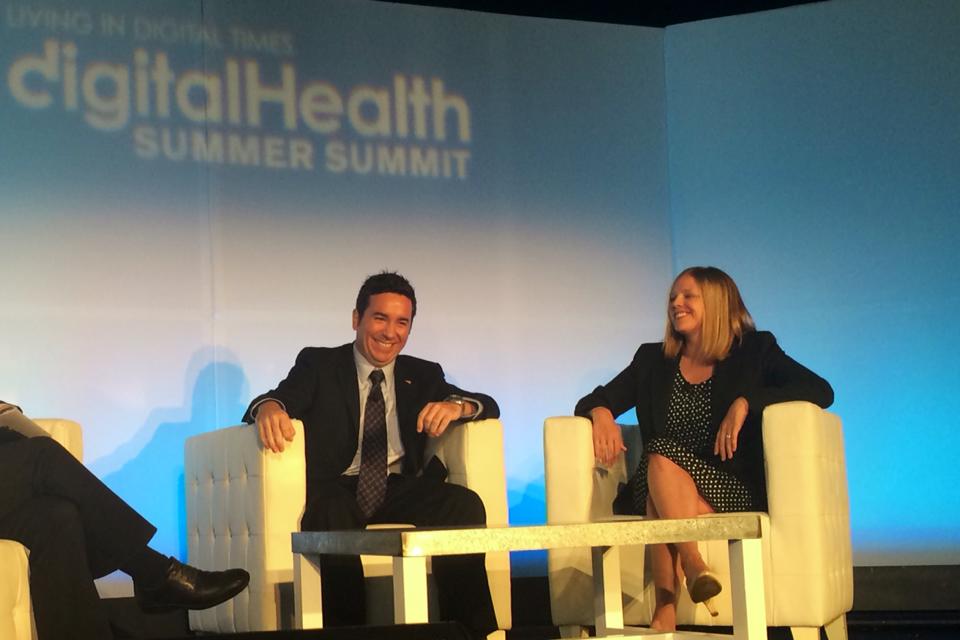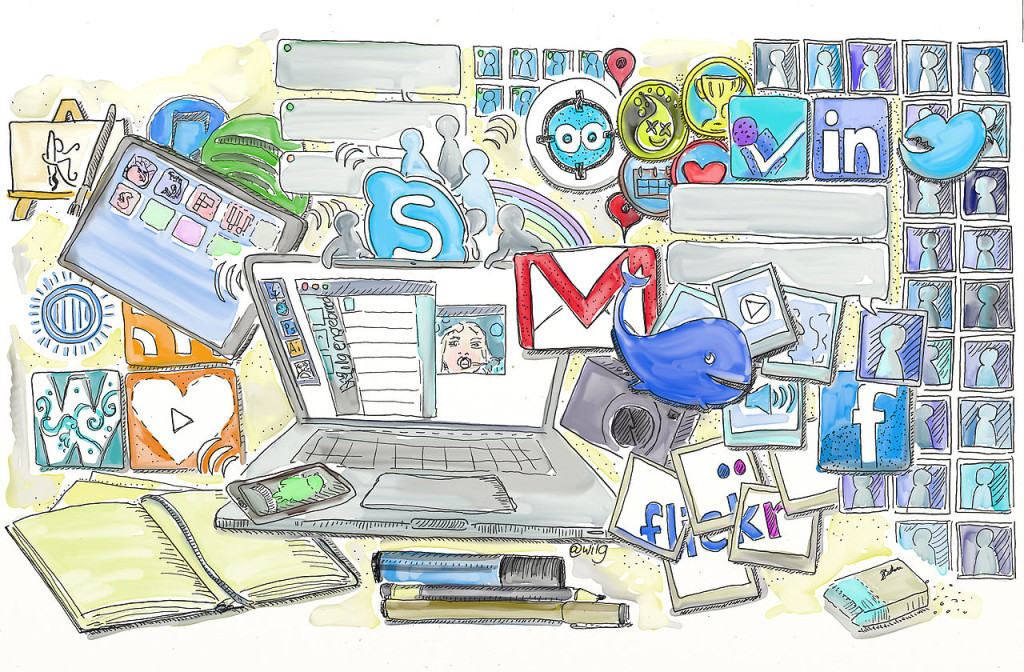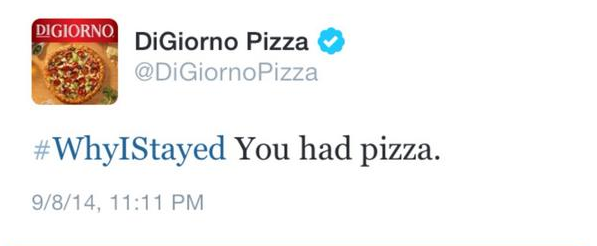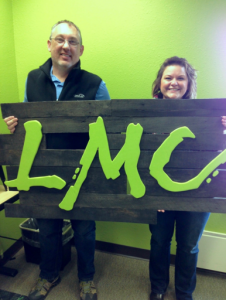Growth Hacking is the art of using social media and other low-cost methods to get your brand recognized. Coined by technology startups, it is typically interpreted as a “spray and pray” approach to marketing. But this is not true.
Earlier this year Laura Mitchell spoke to a group of talented Product Management and Design students at General Assembly in Chicago. She expected this to be a receptive audience, as her invitation was the result of a student vote. But if she thought these entrepreneurial students would shy away from challenging the marketing strategies she proposed, she was glad to be wrong. As she spoke, she found herself having to clarify the importance of growth hacking in addition to traditional marketing. No, it’s not as simple as throwing things against the wall and seeing what sticks. No, it’s not that we have no plan and just do “whatever”. Yes, it takes a whole lot of thought, planning and creativity to be effective at “growth hacking,” and at Laura Mitchell Consulting, we argue that it takes even more strategy and effort than many traditional marketing efforts.
Laura asked the class what they thought the biggest barriers for growth hackers were. Here are a few of their candid and insightful replies:
“Everyone else?”
“The fact that nobody thinks you have a plan?”
“Anyone who doesn’t like change?”
“Bosses that don’t understand it?”
Those are pretty accurate, but sometimes there is even more pushback and resistance from marketing experts themselves. That might seem counterintuitive, but actually it makes sense if you think about it. Growth hacking goes against many traditional marketing rules, such as the time-honored “control the message.” Social media has permanently changed that rule and some might argue it’s been changed for the better. So how do we convince folks that growth hacking is actually a carefully planned and calculated endeavor? A colleague of mine compared it to agile software development. If you’re not familiar with it, agile software development involves adaptive planning, continuous improvement, as well as rapid and flexible response to change through short iteration cycles. Briefly: evaluate frequently, change as needed.
We think he’s onto something. This kind of software development does resemble the new “growth hacking” type of marketing. That doesn’t mean that tried and true marketing principles no longer apply, it means trying several methods at once, pivoting quickly when things don’t work, and utilizing a combination of various mediums/methods (e.g. social media, commenting on relevant news articles, blogging, writing press releases, contacting publications, etc.).
All of this is done simultaneously and on a faster schedule so that your brand will receive greater recognition and appear larger and more successful. This is the way that startup technology companies get noticed and seem more credible. After all, it’s often hard to get funding without sales, and equally hard to get sales without funding. It’s not unusual that cash-strapped entrepreneurs see growth hacking and agile marketing as their only viable way forward.![]()
At the end of the discussion, everyone was excited and inspired. Growth hacking isn’t your typical textbook marketing. Realizing this is very liberating. Also of importance, growth hacking can be the personification of your brand. It’s your personality, the human side of your company.
Perhaps one of the best questions we heard was, “So, this is only for small companies, right?”
The simple answer is that it’s easiest for small companies. But if a bigger company can embrace change, accept quick pivots and allow creative and exploratory marketing, it will find itself leaps and bounds ahead of where it otherwise might be. Laura Mitchell Consulting helps all sized organizations to create a customized and targeted social media strategy focusing on innovation, relevance and audience demands.
There can be a voice of the brand that is taught to an entire social media team. There can be a central message that all posts are tied to, and often it’s fun to theme campaigns around an assortment of central messages. Creating an entire team that can brainstorm wonderful ideas and set to work on multiple, intertwining social campaigns is even better.
Growth hacking is a magical mixture of innovative, fast-paced marketing that keeps brand messaging apparent, loud, and consistent.
Laura Mitchell is a strategic growth hacking executive for Laura Mitchell Consulting. She excels in agile marketing, creative growth strategies, social media, and awareness campaigns. She has a decade of experience as a technology entrepreneur in the digital health and aging industry.
#LMCMarketing



 Social media is a confusing, difficult, time-dependent medium. With fluid cultures and user bases, it can be overwhelming for digital immigrant business owners. With all that difficulty, why should you participate at all? And if you do, how do you control your image online? Let’s talk about that.
Social media is a confusing, difficult, time-dependent medium. With fluid cultures and user bases, it can be overwhelming for digital immigrant business owners. With all that difficulty, why should you participate at all? And if you do, how do you control your image online? Let’s talk about that.
 focused her attention on another groundbreaking project. Advanced Residential Electronic Systems, a respected textbook, has recently sourced Laura’s expertise as an industry expert and contributor. With over 10 years of experience in home health technology, Laura Mitchell brings both the technical experience and personality necessary to make a valuable contribution to this publication.
focused her attention on another groundbreaking project. Advanced Residential Electronic Systems, a respected textbook, has recently sourced Laura’s expertise as an industry expert and contributor. With over 10 years of experience in home health technology, Laura Mitchell brings both the technical experience and personality necessary to make a valuable contribution to this publication.
 Consider the McDonald’s Happy Meal. A staple item for the franchise, and an integral part of the lives of millions of children around the world. You may even be able to picture the Happy Meal box, a red container with golden arches for handles. In 2014, in response to declining Happy Meal sales, the franchise decided to “refresh” the design of the Happy Meal container. The result was a new box with a face worthy of nightmares. After Internet memes using the box in various unflattering ways surfaced, McDonald’s swiftly retreated to the standard Happy Meal box.
Consider the McDonald’s Happy Meal. A staple item for the franchise, and an integral part of the lives of millions of children around the world. You may even be able to picture the Happy Meal box, a red container with golden arches for handles. In 2014, in response to declining Happy Meal sales, the franchise decided to “refresh” the design of the Happy Meal container. The result was a new box with a face worthy of nightmares. After Internet memes using the box in various unflattering ways surfaced, McDonald’s swiftly retreated to the standard Happy Meal box. 
